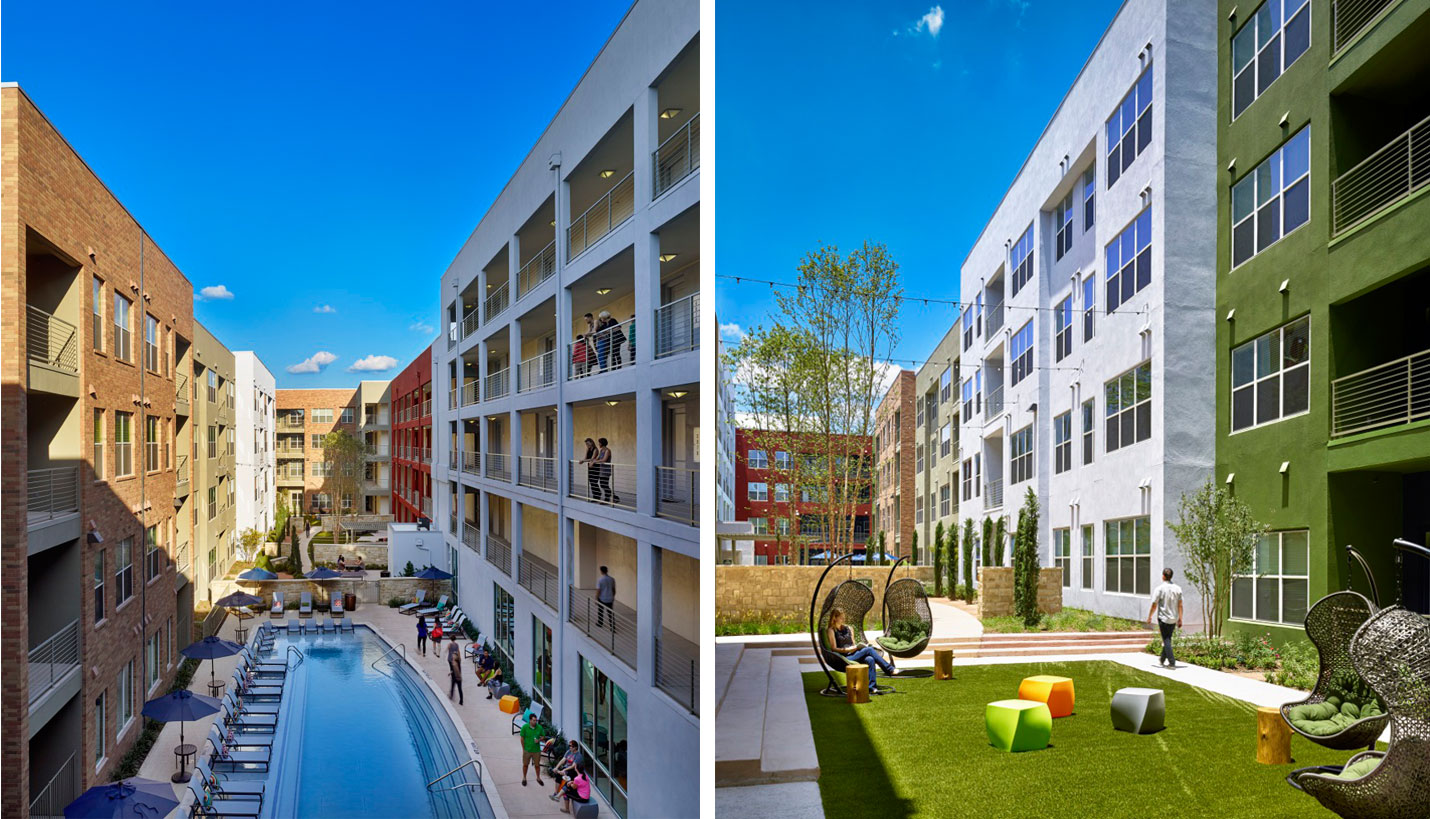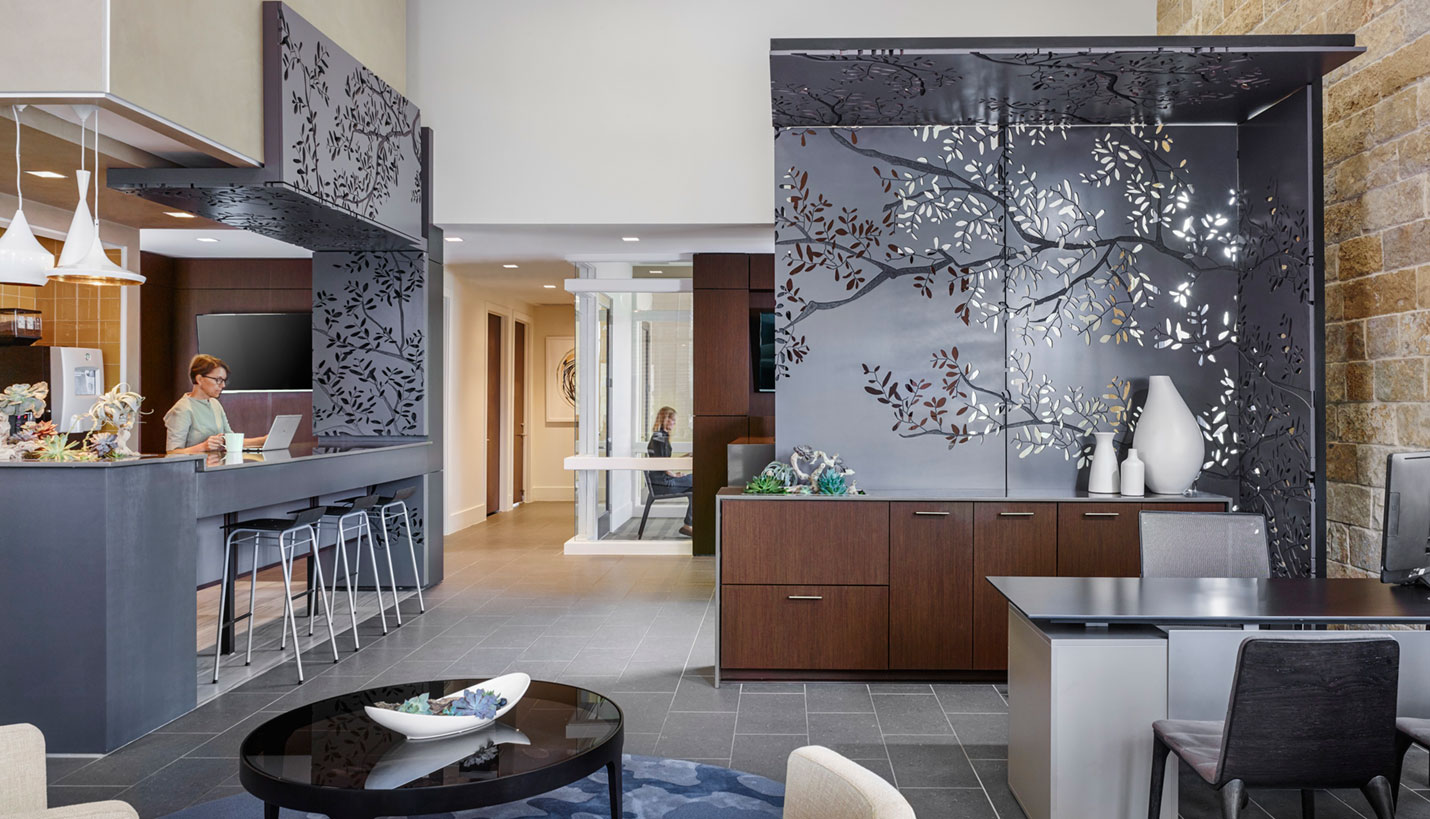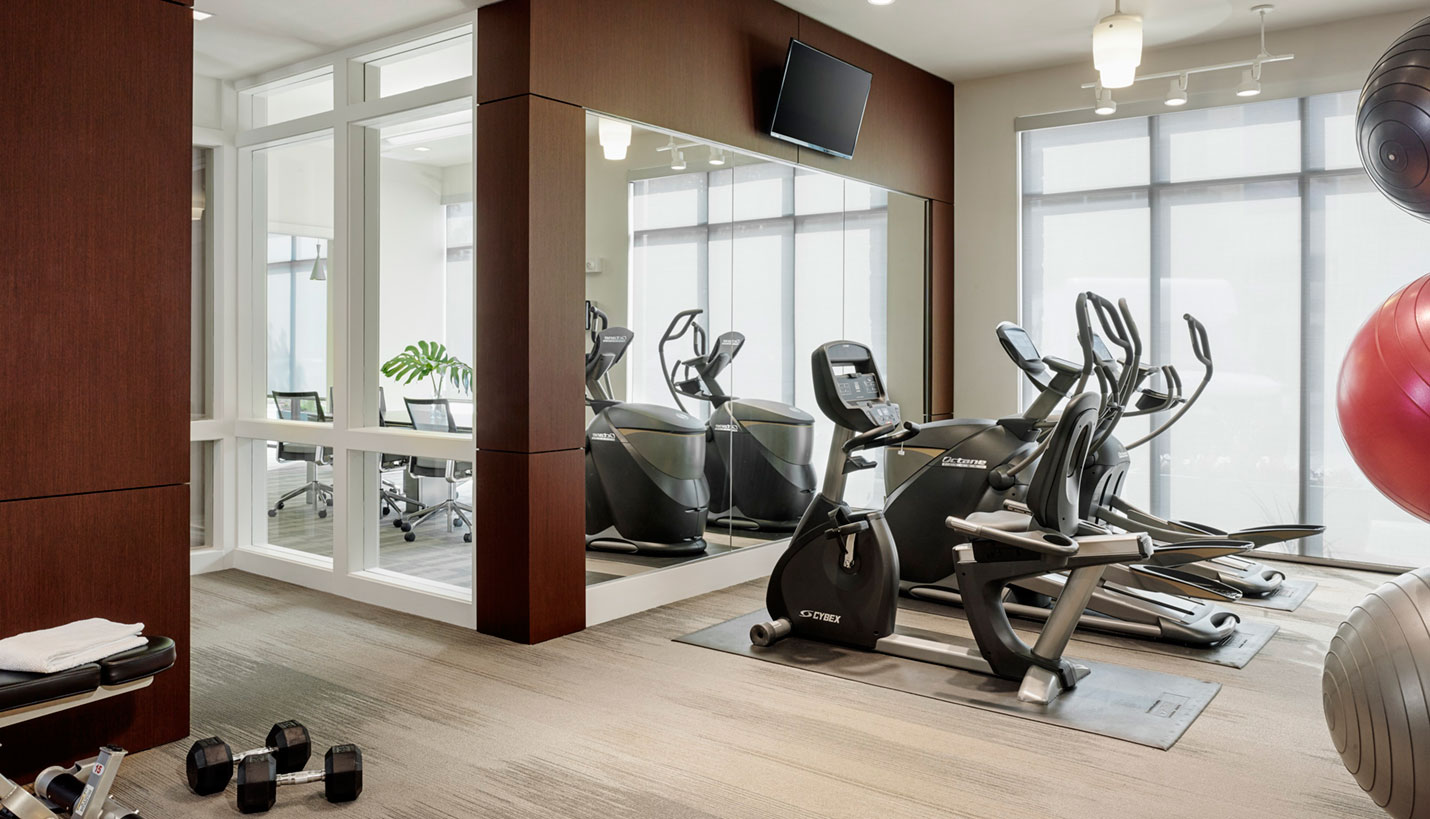What's Hot In Multifamily Building and Design
What do you get when you have an architect who specializes in interiors with an award-winning project portfolio spanning the US and lives in one of the hottest residential markets in the US? An expert in trends in multifamily building and design. Page Principal Wendy Dunnam Tita, AIA, LEED AP, told the Austin Apartment Association (AAA) why current trends are being driven by age demographics. She also shared details of some regionally-dependent amenities that are consistent with the move to provide increased value to people living in densified urban environments who are not interested in home ownership.
Below is an abbreviated summary of the AAA article. To view it in its entirety, click the link at the bottom.
Wendy has observed the following trends in urban living relating to generational lifestyle choices:
-
Urban Minded Planning. Residents are increasingly aware of the impact of their housing choices on transportation, connectivity to urban centers and sustainability. Developers are responding by re-thinking their planning in these areas. This trend may continue to see evolved changes in lifestyle choices if alternative transportation options such as Car2go, Uber and Lyft become traditional.
-
Micro Units vs the Typical Efficiency. Rents are often proportional to the proximity to urban centers. To make multifamily housing units more affordable, there has been a growing movement to increase efficiency as well as the percentage of smaller units. On the more dramatic end of this trend are units referred to as micro apartments. Unlike “efficiency” units, which often have comparable features to one bedroom units. "micro" units are intended to cleverly maximize space. Kitchen millwork (cabinetry) often differs by taking advantage of high ceilings instead of linear space. Smaller appliance packages are sometimes used and frequently, micro units rely on a common laundry room in lieu of a washer/dryer. Bathrooms are planned with more efficient vanity space, minimal storage and often only have a shower. In the most efficient of these micro unit plans, Murphy beds replace traditional beds.
-
The Future of Amenities. Long gone are the days when the fitness room was located in a converted unit footprint. Today, residents benefit from true, modern gym models combined with resort-style pool areas. On-demand fitness rooms allow residents to customize their workout times and styles. Residents benefit by having all services in their building and saving the cost of a separate gym membership. The trend of mixing fitness and social time continues to grow with the combination of pool and fitness spaces.
-
Pet Friendly vs. No Pet Policies. Multiple sources estimate pet ownership among renters in Austin to be between 70-75% with dogs of all sizes comprising a majority of pets. Properties are now being developed with pet owners in mind and related changes to both planning and materials benefit all residents. Designated pet-friendly areas are being created in desirable locations that serve as a second type of park and act as “social hubs” much the way that outdoor kitchens and pool areas do. Interior spaces are designed to withstand traffic, with hard, cleanable surfaces wherever possible, but especially in many hallways and elevators. Paw wash and pet spa areas help keep pets clean and the grooming outside of the unit keeps air and interior materials “fur free” longer.
-
Co-work vs. Business Center, Lounge vs. Lobby. We’re seeing traditional conference rooms and lobby spaces nearing extinction. Many of today’s residents grew up co-working in coffee shops and non-traditional work environments, and we see their increased comfort in lounge-type environments. If provided, enclosed spaces are often more technologically equipped with a videoconference connections for laptops. Shared printers are still important since fewer residents are purchasing their own. These spaces are increasingly valued as unit sizes decrease, and also appeal to a more mobile , often social demographic.
Wendy also sees trends specific to regions such as community gardens, which are especially popular with the “empty nester” demographic, an increasingly strong market. She also notes the rise of maker spaces, which are flexible, airy spaces that have large durable tables with plenty of circulation and access to power for tools, wash basins, ventilated spray booths and lockers for projects and tools.
To view Wendy's article in the March / April 2016 issue of Window, the official publication of the Austin Apartment Association, click here.
Contributed By
Wendy Dunnam Tita
04/01/2016
People
Related Posts
- Healthcare Facility Trends To Watch Today
- Page Principal Daniel Brooks On Downtown Austin
- 3/3: Andy Baxter on Sustainable Strategies for Data Centers
- 3/3: Multifamily Housing Trends in Fastest-Growing US City
- Interior Design Industry: The Economy Is Back!
- Congratulations to 2019 Newly Licensed Professionals
- Congratulations to 2018 Newly Licensed Professionals












